Breaking down language barriers
In the picture of education in border areas, one of the biggest barriers that ethnic minority students have to face is language. Many children have been used to speaking their mother tongue since childhood, but only when they start school do they begin to get acquainted with Vietnamese. This confusion makes them easily fall into a mentality of shyness and fear of communication, directly affecting their studies. Therefore, before the new school year, Vietnamese language enhancement classes for pre-primary students have been organized by many schools in the province, considering this an important first step to untie the language "knot".
This year, at Loc Hoa Secondary School in Loc Thanh Commune, there are 64 ethnic minority students participating in intensive classes. On the first days of class, most of them are shy, not even daring to talk to their friends and teachers.
Teacher Nguyen Thi Hien, Loc Hoa Secondary School shared: “Most students before entering grade 1 are only familiar with speaking their mother tongue, never using Vietnamese. Therefore, when they come to school to meet teachers and friends, they are often shy and hesitant to communicate. Thanks to the Vietnamese language enhancement class, the students have changed significantly, such as knowing how to greet, talk, and become bolder every day. The good news is that they are no longer afraid of going to school but are starting to feel excited and enthusiastic about going to school.”
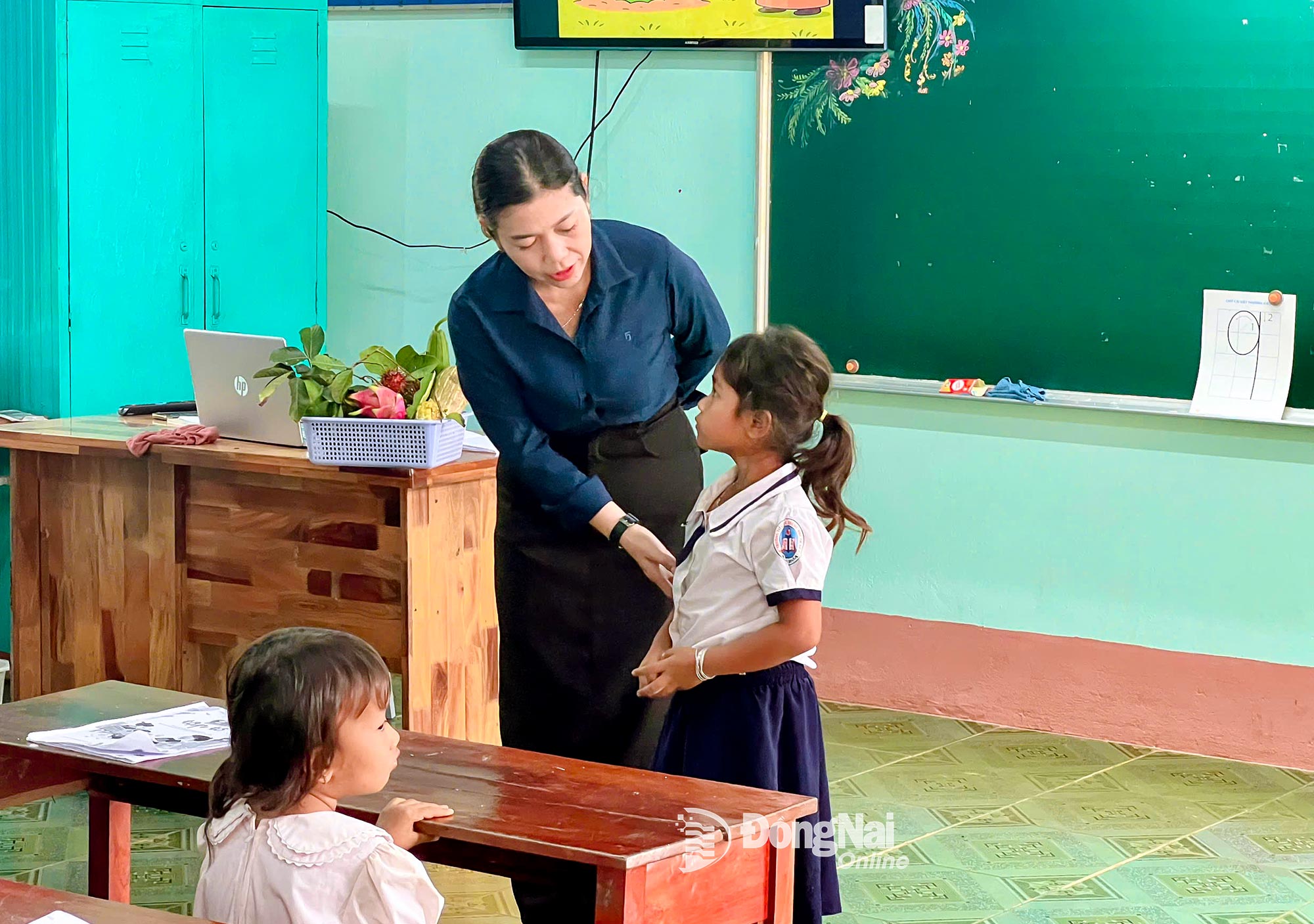 |
| Teacher Nguyen Thi Hien, Loc Hoa Secondary School, Loc Thanh Commune, teaches ethnic minority students how to tell fairy tales. Photo: Thanh Thao |
After only 1-2 weeks, the change gradually became evident, shy glances were replaced by smiles, nods gave way to greetings and voices. That boldness was not only a positive sign of knowledge acquisition, but also a testament to the effectiveness of a persistently implemented educational method.
Ms. Hoang Thi Anh Hong, Vice Principal of Loc Hoa Primary and Secondary School, affirmed: “Ethnic minority students are often shy and limited in communication, when entering grade 1 they are easily confused and inferior to their friends in advantaged areas. Therefore, organizing Vietnamese language enhancement classes before the school year is extremely necessary. In just 1-2 weeks, students have become familiar with the primary school environment, met teachers, practiced greetings and communication. This not only helps them become bolder and more confident from the first day of class, but also creates a premise for them to acquire knowledge smoothly throughout the entire learning journey ahead.”
 |
| At Loc Hoa Secondary School, Loc Thanh Commune, in parallel with teaching, teachers of the schools are also actively implementing the work of mobilizing students to go to class. Photo: Thanh Thao |
Not only does it stop at teaching children to read and write, the enhancement of Vietnamese also contributes to maintaining student numbers. Many children who were at risk of dropping out of school to follow their parents to the fields are now more attached to school thanks to the teachers' persistent efforts. Clearly, removing language barriers is not only the task of a classroom, but also a strategic solution to "retain" students, building a solid foundation for the following school years.
Starting from the first lessons of life
If Vietnamese is the key that opens the door to knowledge, then intensive classes are the first step for ethnic minority students to hold that key firmly in their hands.
At Loc Phu Secondary School (Loc Quang Commune), 44 ethnic minority students were divided into 3 separate schools to attend a Vietnamese language enhancement class before the new school year. Here, the lessons not only revolve around letters, but also involve very everyday things such as greetings, self-introduction, getting used to small boards, white chalk, or basic concepts.
Teacher Truong My Hanh, who directly teaches Vietnamese language enhancement to ethnic minority students, shared: “We start with seemingly small things like greetings, how to stand and sit, and how to recognize high and low, long and short. Then, the children practice introducing themselves, their families, and where they live. In addition, teachers help them get acquainted with small boards, chalk, and the first strokes of letters. Most importantly, they are trained in basic communication skills so that when they enter first grade, they can speak boldly and confidently keep up with the program.”
 |
| At Bu Linh school, Loc Phu Primary and Secondary School (Loc Quang commune), teacher Truong My Hanh is teaching students how to get familiar with the blackboard and chalk. Photo: Thanh Thao |
Not only do they teach handwriting, Vietnamese language enhancement classes also create a space for learning while playing and playing while learning. Teachers use pictures, stories, folk games, and children's songs to turn class time into an exciting time. Each song and each group game not only bring joy but also help students memorize Vietnamese in a natural and familiar way.
Ms. Mai Thi Phuong, Vice Principal of Loc Phu Secondary School, said: “The school proactively builds a pre-primary program that is close to the daily lives of the children, integrating many visual images, games and songs to make learning natural like learning while playing. At the same time, the school arranges teachers who are both professional and knowledgeable about local culture, and dedicated to their profession. Thanks to that, teaching Vietnamese is not only more effective but also helps the children feel more familiar, closer and enjoy going to school more.”
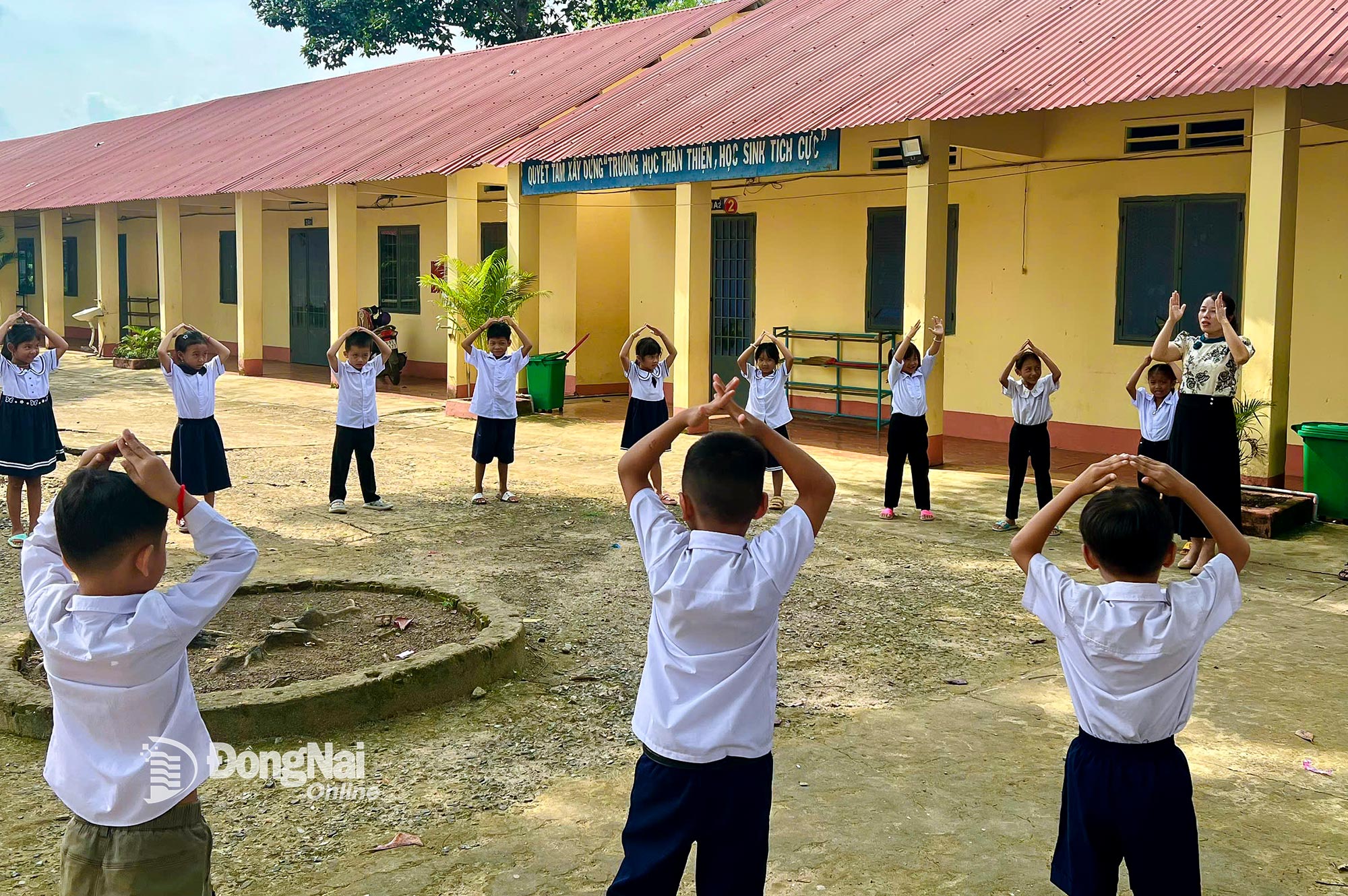 |
| At Loc Phu Secondary School (Loc Quang Commune), Vietnamese language enhancement classes, in addition to practicing writing, also create a space for learning while playing, playing while learning, arousing students' interest and love for school. Photo: Thanh Thao |
In fact, these classes have proven that they not only teach knowledge, but also inspire a love of learning. Students who were shy and unfamiliar with Vietnamese now know how to proactively raise their hands to speak, boldly greet teachers, and smile and talk with friends. Although these changes are small, they are a solid foundation for students to not be left behind right from the first year of school.
Along with that, teachers also carried out the task of encouraging students to go to school. Many teachers did not mind the long distance, going to each family to encourage parents to send their children to school regularly. It was this perseverance that helped maintain the number of students, so that the seeds of knowledge were not missed from the very beginning.
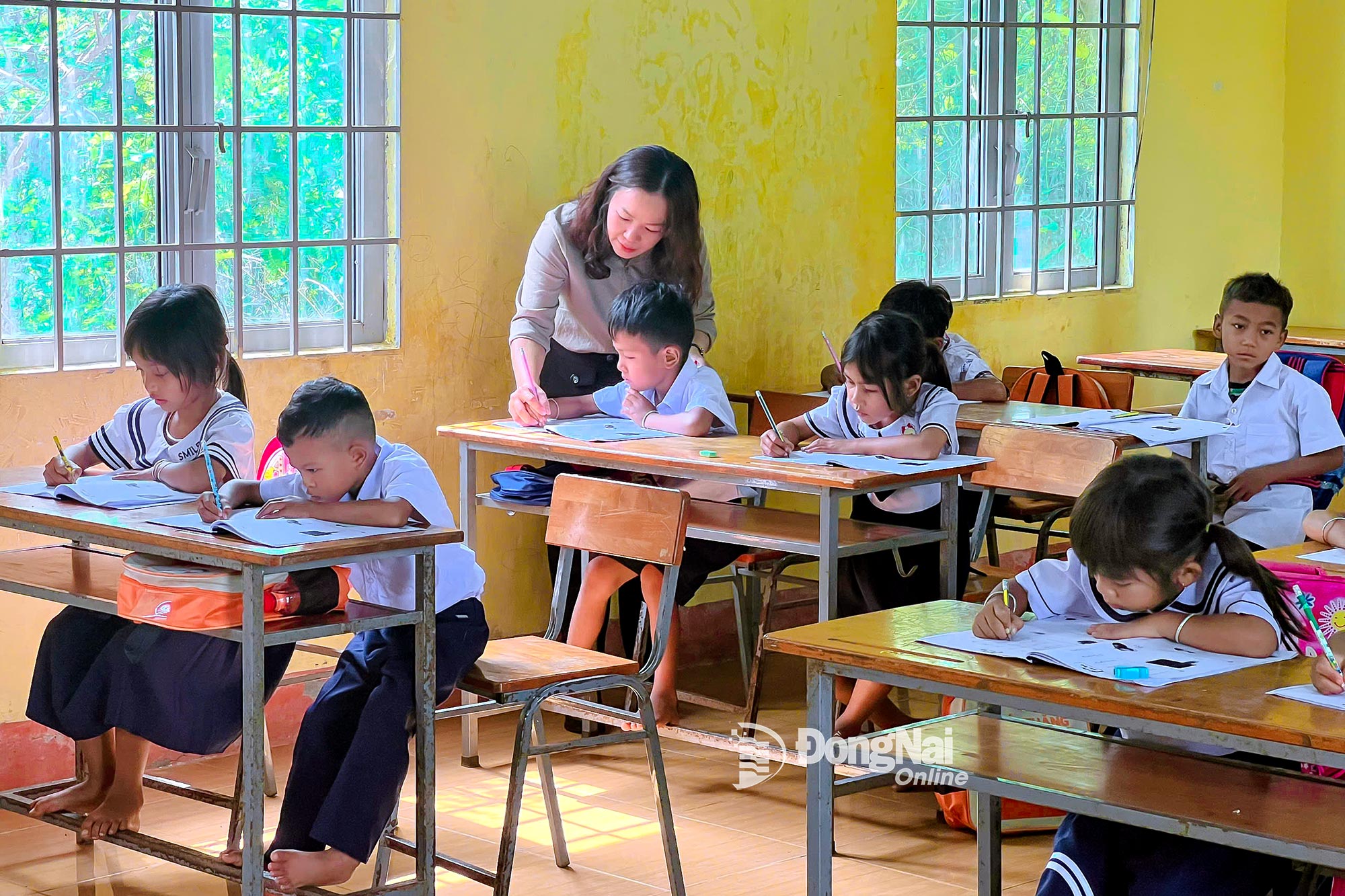 |
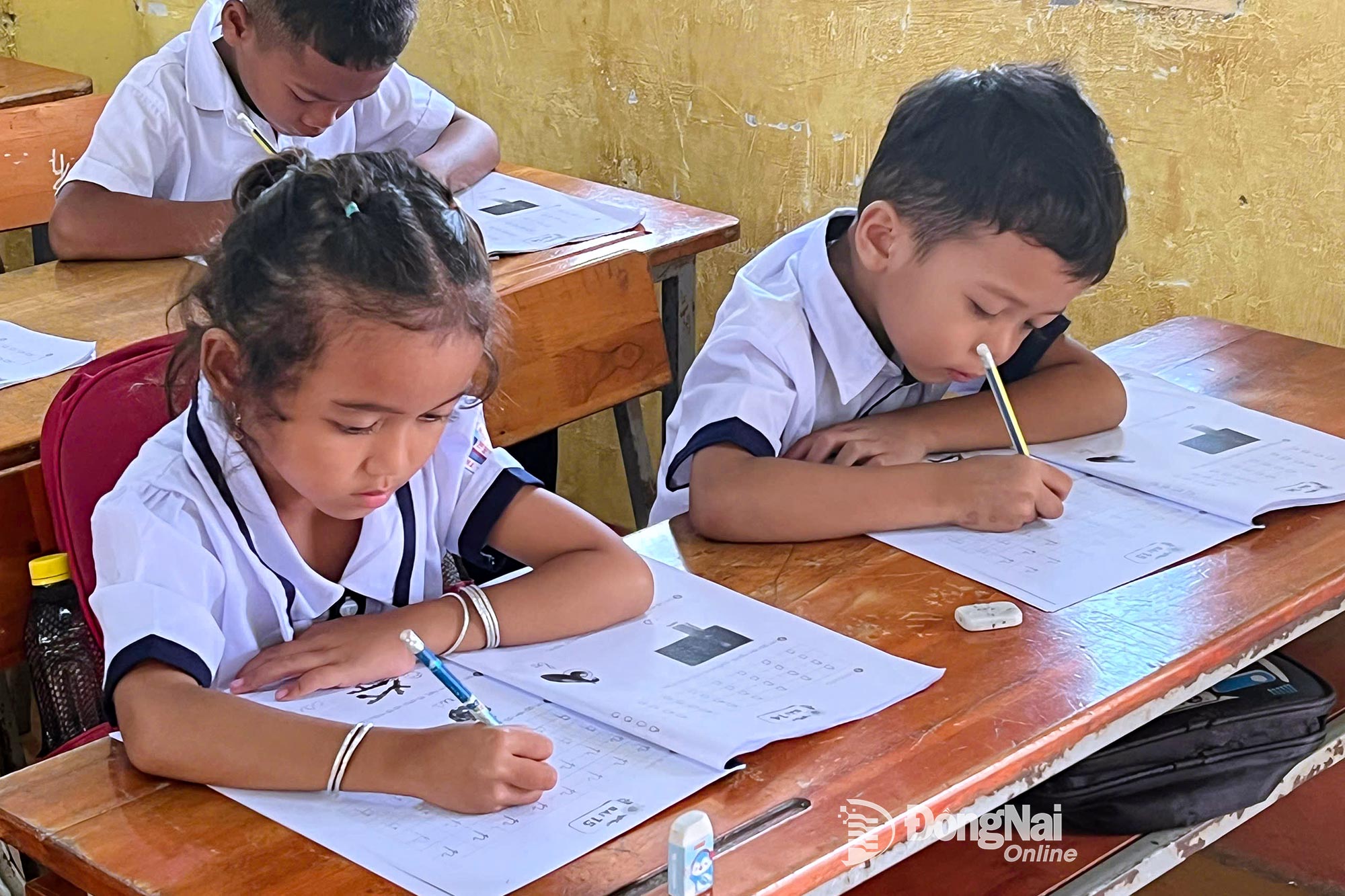 |
| The Vietnamese language enhancement project is a key strategy, helping students practice all four skills of listening, speaking, reading, and writing and quickly get used to the learning environment. Photo: Thanh Thao |
Vietnamese language enhancement classes in remote areas, although simple, contain a journey of persistently sowing knowledge. Vietnamese, through the hands of teachers, is not only a language of communication, but also a bridge to bring ethnic minority students into the world of knowledge. From those first lessons in life, hope has been sown, so that in the future they will grow up, be steadfast, continue the journey of knowledge and contribute to enriching the homeland.
Thanh Thao
Source: https://baodongnai.com.vn/xa-hoi/202508/tang-cuong-tieng-viet-cho-hoc-sinh-dan-toc-thieu-so-tien-tieu-hoc-43a0149/



![[Photo] General Secretary To Lam attends the 80th Anniversary of the Cultural Sector's Traditional Day](https://vphoto.vietnam.vn/thumb/1200x675/vietnam/resource/IMAGE/2025/8/23/7a88e6b58502490aa153adf8f0eec2b2)

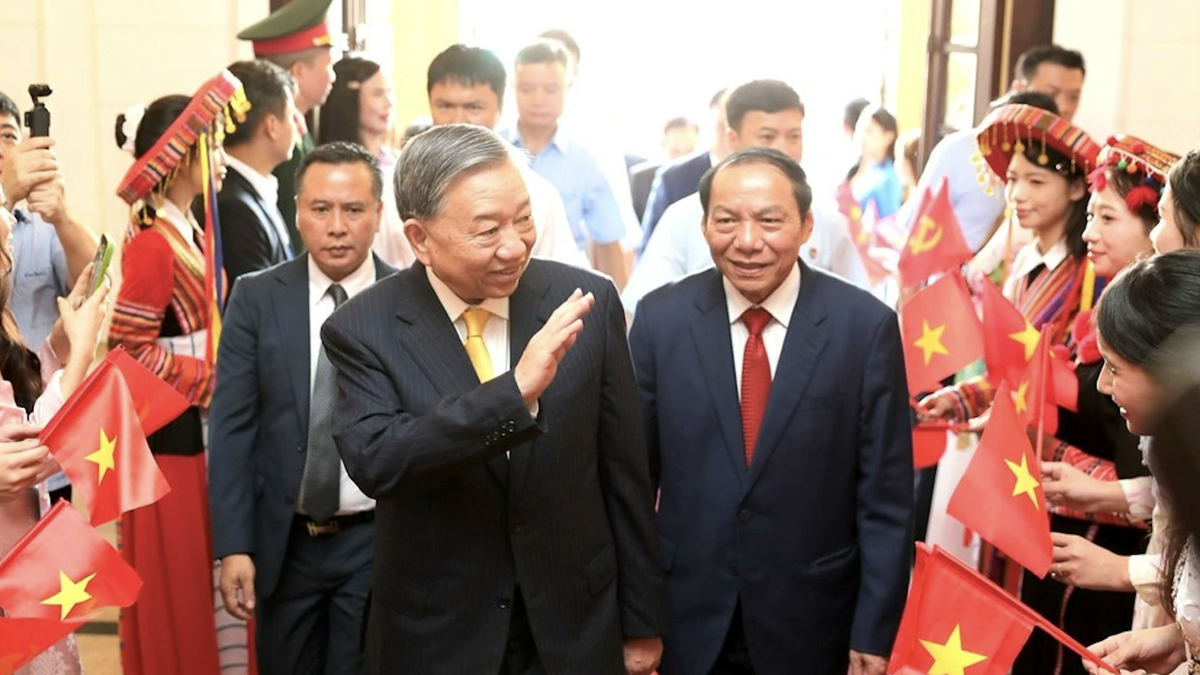



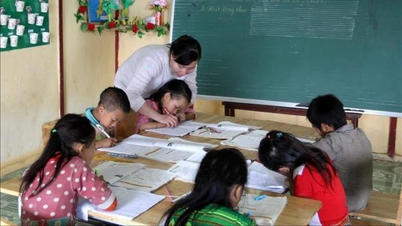



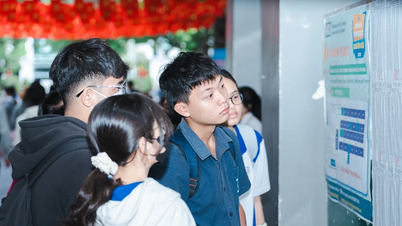

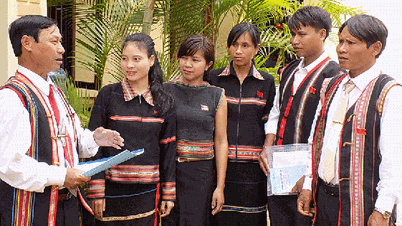



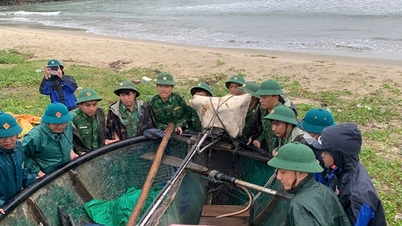

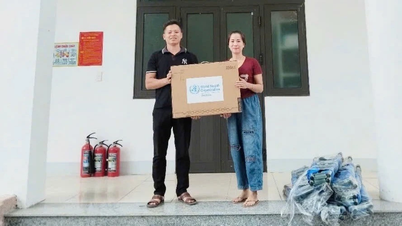
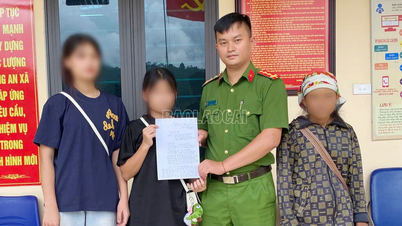


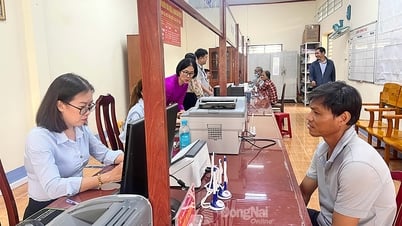





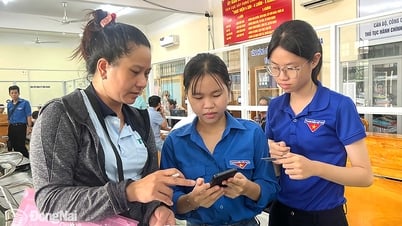

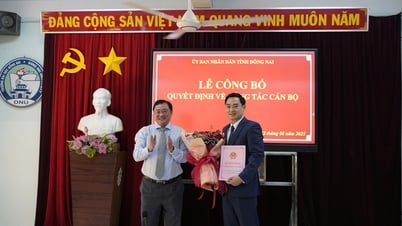
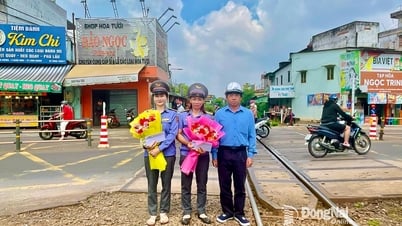

![[Photo series] Close-up of a series of 'huge' aircraft fuel tanks at Long Thanh Airport](https://vphoto.vietnam.vn/thumb/402x226/vietnam/resource/IMAGE/2025/8/23/36dd3d00663540209336017dafb42441)
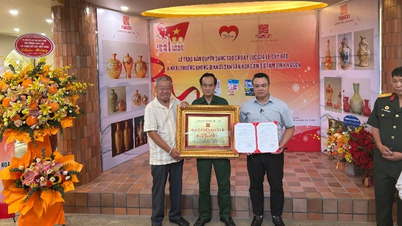





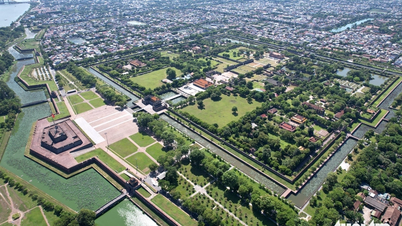


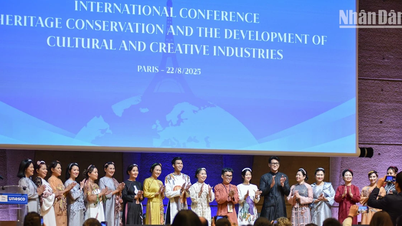


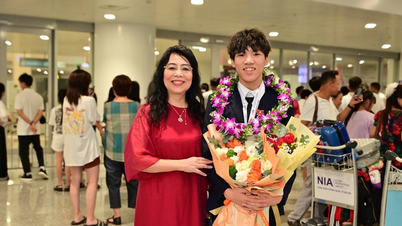





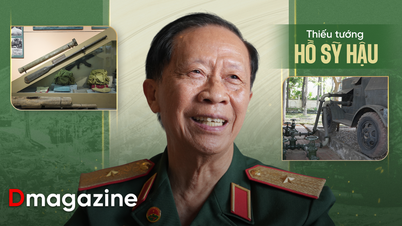










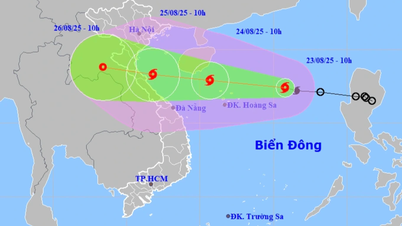




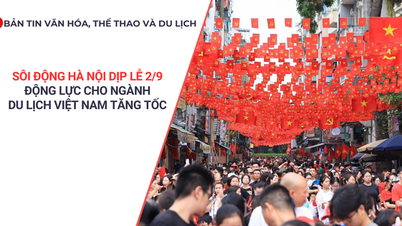

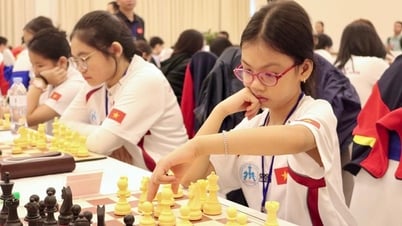
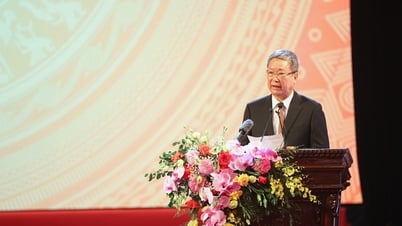


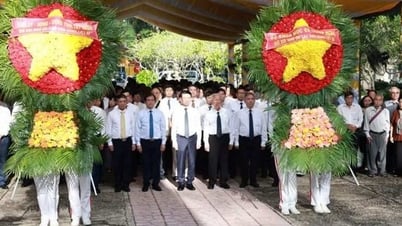


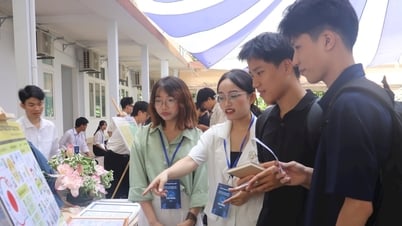
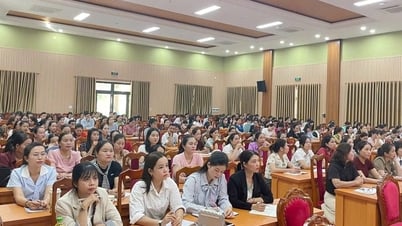
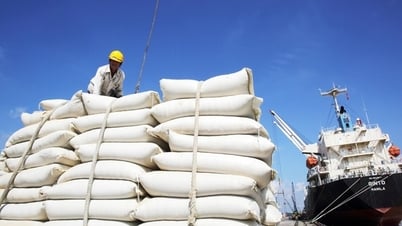


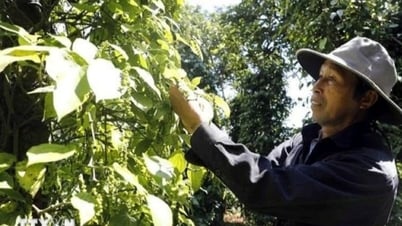


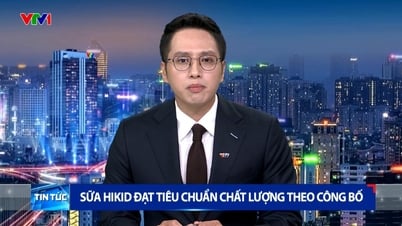







Comment (0)